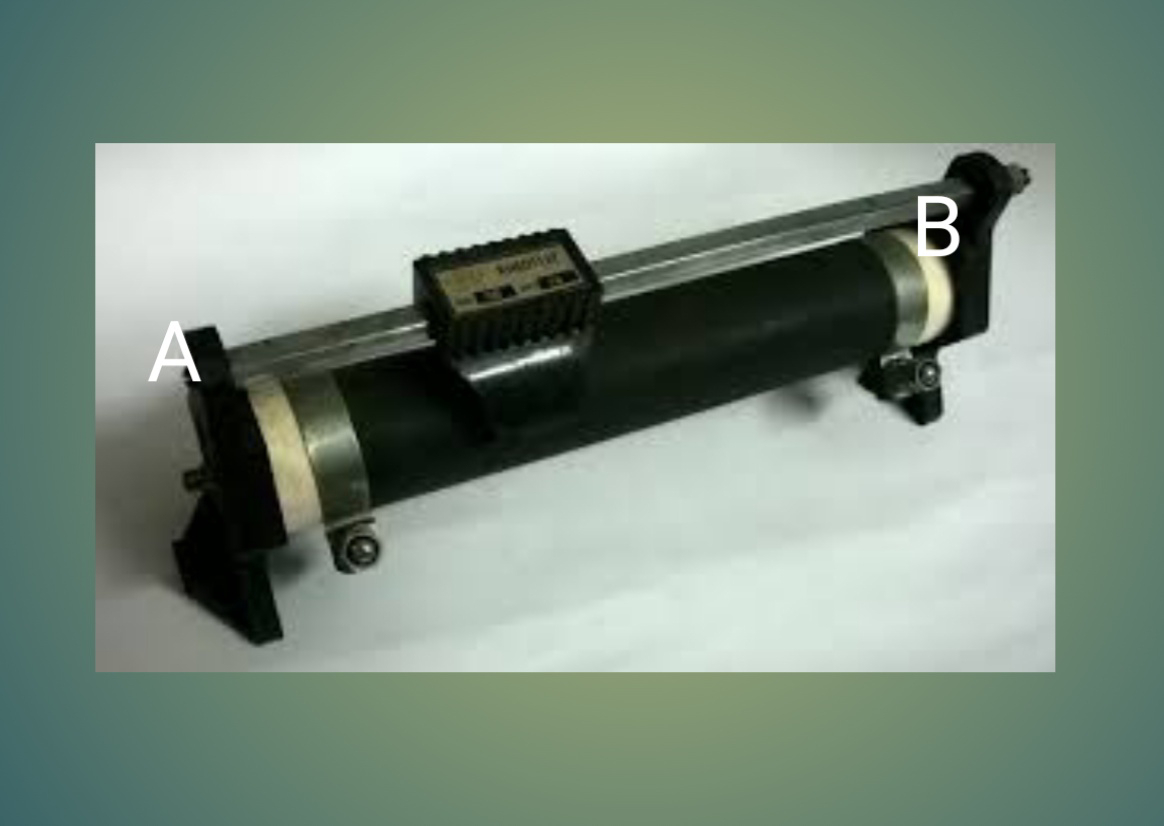There are many types of resistor and they can be divided into two groups namely,
Fixed resistor and adjustable resistor (variable resistor). The main function of resistor is to be resist the flow of electric current and regulate the flow of electrons this is done by the material from which they are composed.
Definition of fixed resistor:-
Fixed resistor are the resistor whoose resistance does not with the change in voltage or temperature fixed resistor are available in various shapes and sizes (carbon Clay powder are composed in any material)
Symbol of fixed resistor:-
There are two main circuit symbols used for resistors the oldest one is still widely used in North America and consists of a jagged line representing the wire used in a resistor circuit symbol is a small rectangle and this is a often termed the international resistor symbol and it is more widely used in a Europe and Asia.
Types of fixed resistor:-
1. Carbon composition resistor
2. Carbon film resistor
3. Wire wound resistor
4. Metal film resistor
5. Metal oxide film resistor
6. Metal glaze resistor
7. Foil resistor
Is a type of passive component, which restricts the flow of electric current to certain level.
The carbon composition resistor are made up of cylindrical resistive element with embedded metal end caps the cylindrical resistive element of the carbon composition resistor is made from mixture of carbon powder and ceramic. (Carbon clay powder are composed in any material) the carbon powder acts as the good conductor of electric current. [binder the 'n' layer of carbon composition called terminals are tin and copper lids.]
The carbon composition resistor most frequently used resistor in the 1960's and earlier. However, now a days these resistors are rarely used because of it's high cost and low stability.
2. Carbon film resistor:-
Carbon film resistor most widely used resistor in a electronic circuits the carbon film resistor made by placing carbon film on a ceramic substrate the carbon film acts as the resistive element to the electric current and the ceramic substrate acts as the insulating material to the electric current.
They are constructed out of ceramic carrier with a thin pure carbon film around it and the leads are made up of copper joined two ends caps the carbs film resistor produce less noise than carbon composition resistor.
3. Wire wound resistor:-
Wire wound resistor is a type of passive component, which is made by winding the metal wire around a metal core.
Metal wire acts as resistive element to electric current to certain level and size of cost depends on a resistor on high frequency of function inductor and non-inductor. wire wound resistor it is not conductive material and any material of insulators.
4. Metal film resistor:-
Metal film resistor is a type of passive component, in white the metal film is used to restricts the flow of electric current to certain level. The construction of metal film resistor is similar to carbon film resistor the only difference is material used for constructing the film.

Metal film resistor with a thin metal film as resistive element the thin film is deposited on usually a ceramic body.
Metal film resistor have low TCR ( temperature coefficient resistance ) the rate at which the resistance of material changes with increase in temperature is called TCR.
5. Metal oxide film resistor:- (Mofr)
Metal oxide film resistor is a type of passive component, in which the metal oxide film is used to resistive element to restricts the flow of electric current to certain level.
The Constitution of (Mofr) is almost similar to the metal film resistor the only difference is material that is, constucting the film. In metal film resistor, the film is constructed using the metal such as nickel chromium where's (Mofr) the film is constructed by using the metal oxide such as tin oxide.
In cost of (Mofr) is low compare to carbon composition resistor these resistor operates at high temperature.
6. Metal glaze resistor:-
Is a type of passive component, in which the glass powder and metal partical mixtures (silver and palladium) is used to restricts the flow of electric current.
Metal glaze resistor have low TCR ( temperature coefficient resistance ) the rate at which the resistance of material changes with increase in temperature is called TCR.
7. Foil resistor:-
Foil resistor are most accurate and stable components used to restricts the flow of electric current to certain level.

Foil resistor produce low noise compared to the other types of resistor these resistor are called high precision resistor
Foil resistor have low TCR ( temperature coefficient resistance ) the rate at which the resistance of material changes with increase in temperature is called TCR.
Variable resistor overview:-
As the name implies, the resistance of the variable resistor is changeable. It is easy to vary or change the resistance of the variable resistor to a desired value.
The process of limiting or restricting the electric current to a certain level is called resistance. The device which is used to restricts the flow of electric current to certain level is called resistor.
The device only flow of electric current but also control (increase and decrease) the flow of electric current is called variable.
Variable resistor definition:-
The variable resistor that control (increase & decrease) the flow of electric current when we vary or change its resistance.
Variable resistor symbol:-
The american standard symbol and international standard symbol of variable resistor as shown in figure (asif),

Types of variable resistor:-
1. Potentiometer
2. Rheostat
3. Thermistor
4. Magneto resistor
5. Photo resistor
6. Humister
7. Force sensitive resistor
One by one,
1. Potentiometer:-
A potentiometer consists of a three terminal resistor with sliding or rotating contact that forms an adjustable voltage divider the two fixed terminals of the potentiometer are connecting to both ends of the resistive element called track and third terminal is connected to slider or sliding wiper. The resistance of potentiometer is changed when the wiper is moved over the resistive path
When we increase the resistance of potentiometer the electric current flowing through potentiometer will decrease. In similar way, when we decrease the resistance of the potentiometer, the electric current flowing through the potentiometer will increase.
2. Rheostat:-
The word rheostat is derived from the Greek word 'rheos' and 'statis' which means a current controlling device or a stream controlling device.
The construction of rheostat is also similar to potentiometer, it has two terminals out of which one is fixed and other is a moving terminal.some rheostat have the three terminals just like potentiometer, although only two terminals are used (only one of the two fixed terminals and the moving terminal are used).
If we used terminal A and B in the rheostat the minimum resistance is achieved when move the wiper close to the terminal A, because the length of the resistive path decrease. As result, only small amount of electric current is blocked and large amount of electric current is allowed.

In similar way, maximum resistance is achieved when we move the wiper close to terminal C, the length of the resistive path increases. As result, large amount of electric current is allowed.
3. Thermistor:-
The word thermistor is derived from the combination of words: thermal and resistor. It is a type of resistor whoose resistance changes when the surrounding temperature changes.
Thermistor are two types : negative temperature coefficient ( NTC) thermistor and positive temperature coefficient (PTC)thermistor.
The resistance of (NTC) thermistor decrease when the temperature increases whears the resistance of (PTC) thermistor increases when the temperature increases.
4. Magneto resistor:-
The resistance of the magneto resistor changes when the magnetic field is applied to it. When the strength of the magnetic field applied to magneto resistor is increased, the resistance of the magneto resistor also increase.
In Similar way, the strength of magnetic field applied to magneto resistor is decrease the resistance of magneto resistor also decrease.
5. Photo resistor:-
The word photo resistor is derived from the combination of words: photon and resistor when light energy is applied to the photo resistor, it's resistance changes the resistance of photo resistor decreases the intensity of applied light increase photo resistor are two types: intrinsic photo resistor and extrinsic photo resistor.

Photo resistor are also known as light dependent resistor (LDR), semiconductors photo resistor and photo conductor's.
6. Humistor:-
The name humistor is derived from the combination of words:- humidity and resistor.
Humister are very sensitive to the humidity the resistance of the humistor changes with the slight change in the humidity of the. Surrounding air.
Humistor are also known as resistive humidity sensors or humidity sensitive resistor
7. Force sensitive resistor:-
The ( fsr) are very sensitive to the applied force.
Where we apply force to the (fsr) , it's resistance changes rapidly (fsr) are also known as force sensitive resistor ( fsr), pressure, sensors.

































1 Comments
Very Good information
ReplyDelete